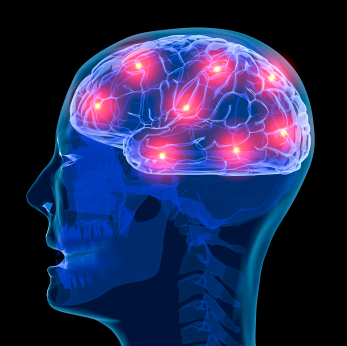Concussion experts agree that the taking of a detailed concussion history is important, not just in the post-concussion treatment of an athlete,[4] but in identifying athletes during a pre-participation physical evaluation at high risk of further concussion. [1,2,3]
Questions to ask
Because many athletes will not recognize all the concussions they have suffered in the past, the taking a structured concussion history [1] should include questions about:
- previous symptoms of a concussion, not just the perceived number of past concussions (note: relying on the recall of concussions by teammates or coaches has been shown to be unreliable);
- all previous head, face or cervical spine injuries (concussive injuries that occurred as a result of such injuries may be missed unless these other types of injuries are specifically assessed);
- concussions where the severity of symptoms seemed disproportionate to the force of the blow or impact that caused it which may alert the clinician to a progressively increasing vulnerability to injury and is considered a "modifying factor" in concussion management);
- the presence of mood (e.g. anxiety, depression), learning, attention (ADD/ADHD) or migraine headaches (needed to assess risk and for historical reference in case of injury, especially as they may account for an elevated score on a post-concussion symptom scale); and
- the protective equipment (e.g. helmet) worn at the time of the most recent injury and injuries more remote in time.
Value of concussion history during PPE
The taking of a detailed concussion history during a pre-participation physical evaluation or examination (PPE) is helpful, concussion experts say, because it:
- May identify at-risk athletes: the history may pre-identify athletes who are at greater risk of further concussions which can have long-term health consequences, including cognitive, emotional, physical, and behavioral problems;
- Provides a teachable moment: bringing up the subject of concussion provides the healthcare provider an opportunity to provide accurate information to parents and athletes and educate them about to the significance of his or her concussion history; and
- Offers an opportunity for behavior modification: it may allow the examiner a chance to suggest that the athlete modify his behavior (i.e. avoiding a dangerous style of play; employing safe tackling techniques etc.).
1. McCrory P, et al. Concussion statement on concussion in sport: the 4th International Conference on Concussion in Sport held in Zurich, November 2012. Br J Sports Med 2013;47:250-258.
2. Harmon K, et al. American Medical Society for Sports Medicine position statement: concussion in sport. Br J Sports Med 2013;47:15-26.
3. Giza C, Kutcher J, Ashwal S, et. al. Summary of evidence-based guideline update: Evaluation and management of concussion in sports: Report of the Guideline Development Subcommittee of the American Academy of Neurology. Neurology 2013 (published online ahead of print March 18, 2013): DOI:10.1212/WNL.ob013e31828d57dd (accessed March 23, 2013)
4. Halstead ME, et al. Clinical Report: Returning to Learning Following a Concussion. Pediatrics doi:10.1542/peds.2013-2867 (epub October 27, 2013).
Added June 28, 2009; revised October 27, 2013








